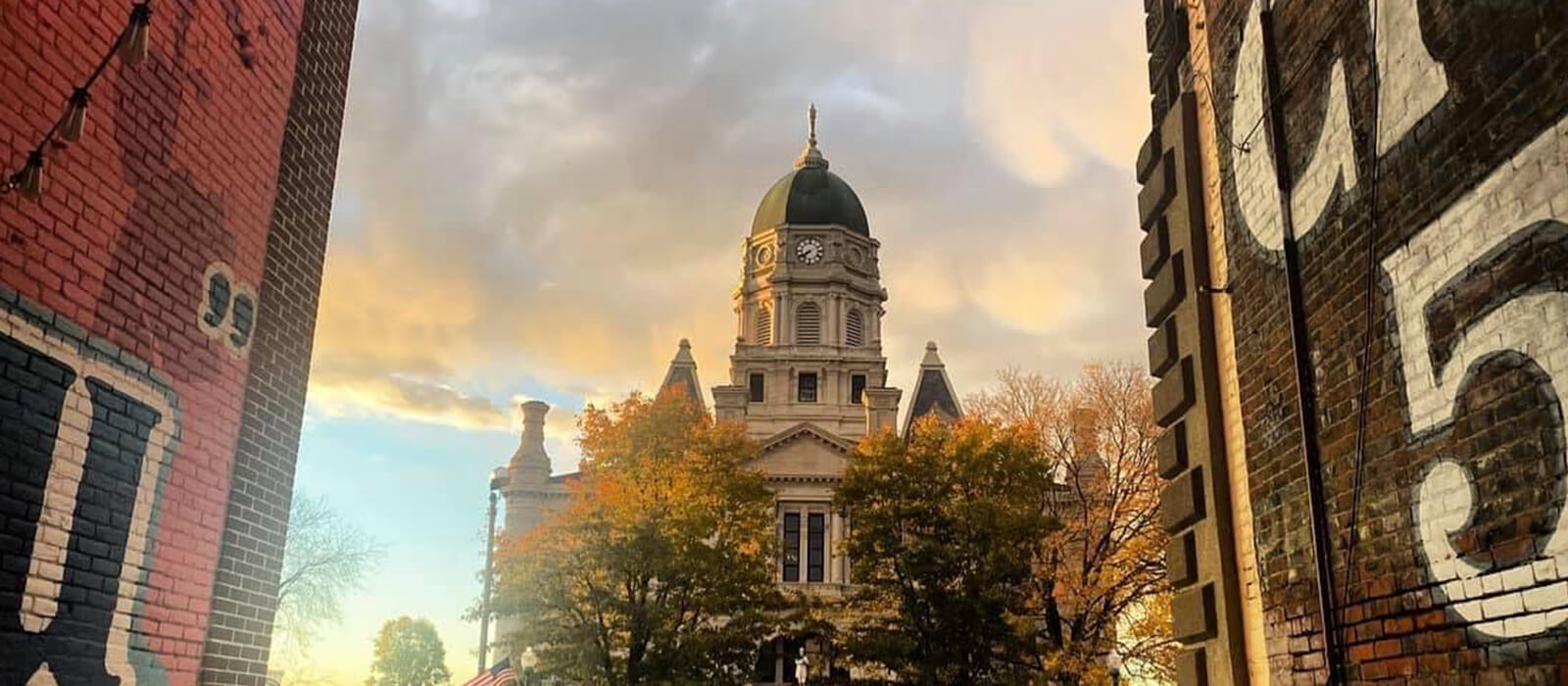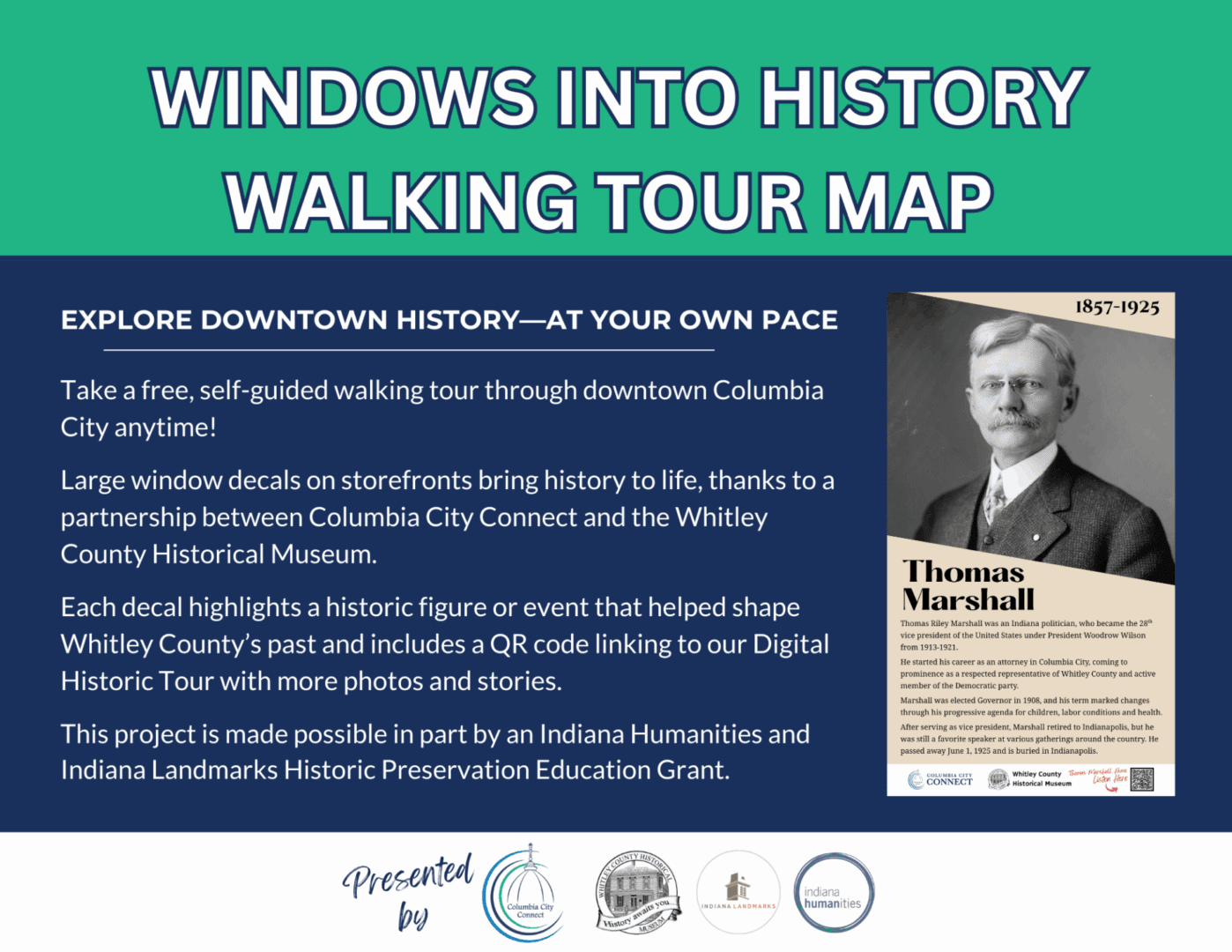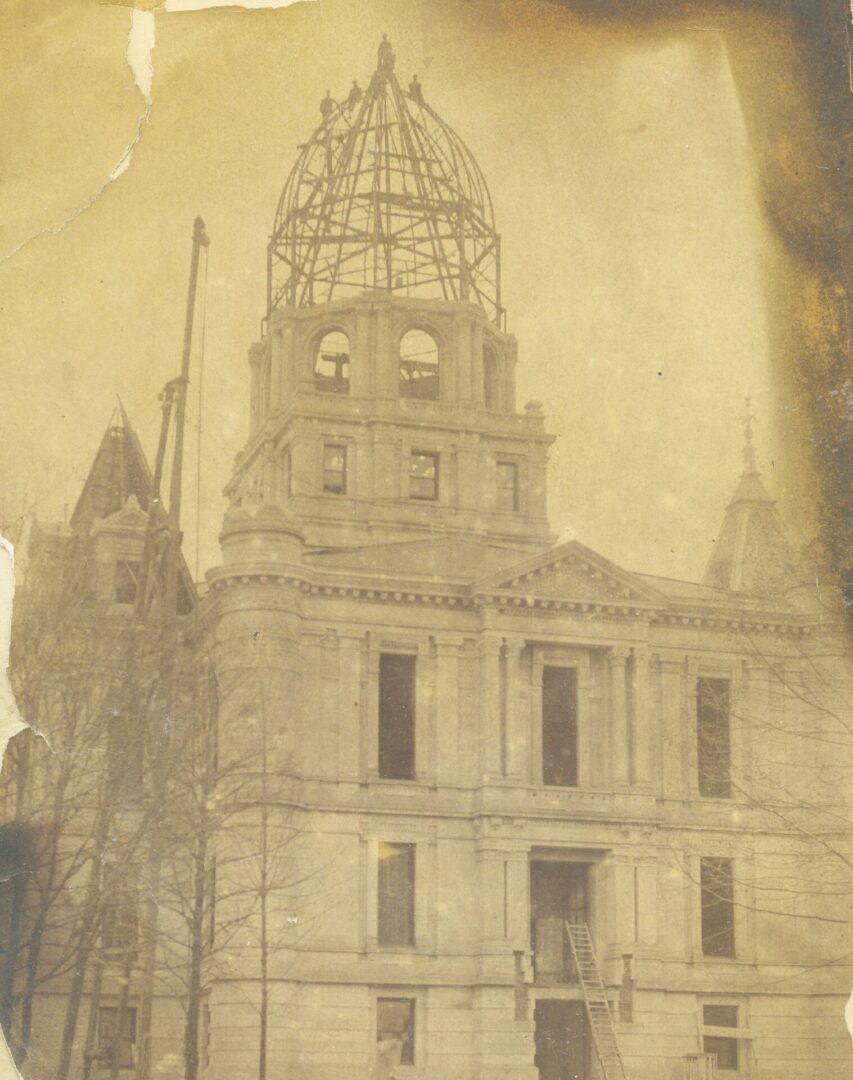Downtown Columbia City History Tour Stop 4
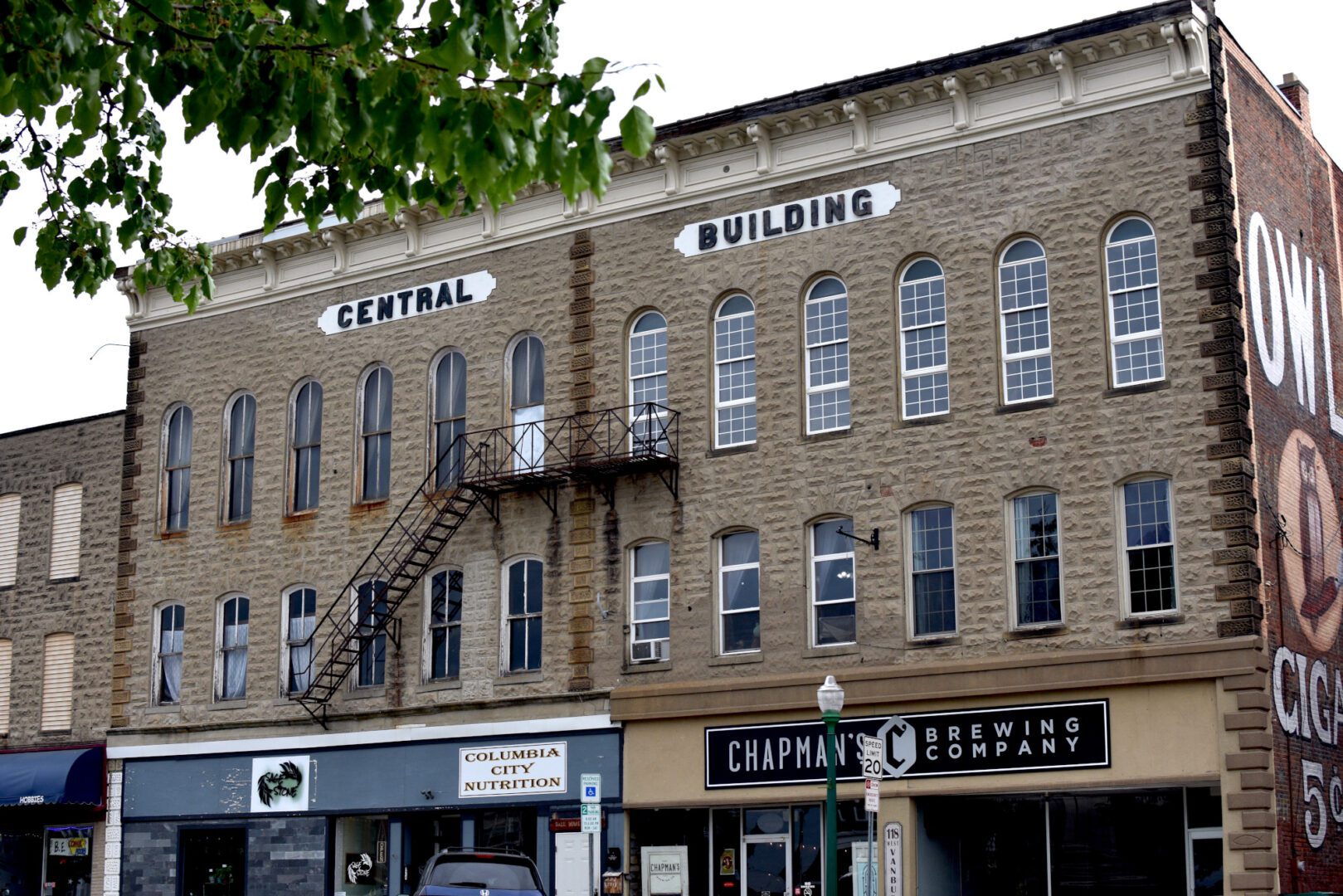
118, 120, 122, and 124 West Van Buren Street
The Central Building was constructed 150 years ago. Originally built to house the Farmers Bank, it included the addresses of 118, 120, 122, and 124 West Van Buren. The building was designed with four business spaces on the ground floor and offices on the second floor. The third floor was laid out as an opera house but served a variety of functions over the years.
The Founding of Farmers Bank
The E. L. McLallen & Company banking association was formed by the McLallen Brothers and a third investor. They built the Central Building to support their new bank, incorporating a secure, below-ground vault. For the next thirty years, the Farmers Bank, operated by E. L. McLallen & Company, was located at 118 West Van Buren. In 1904, it became the 1st National Bank of Columbia City. A merger in 1909 with another local bank led to a move next door to 120 West Van Buren and a new name: First National Bank.
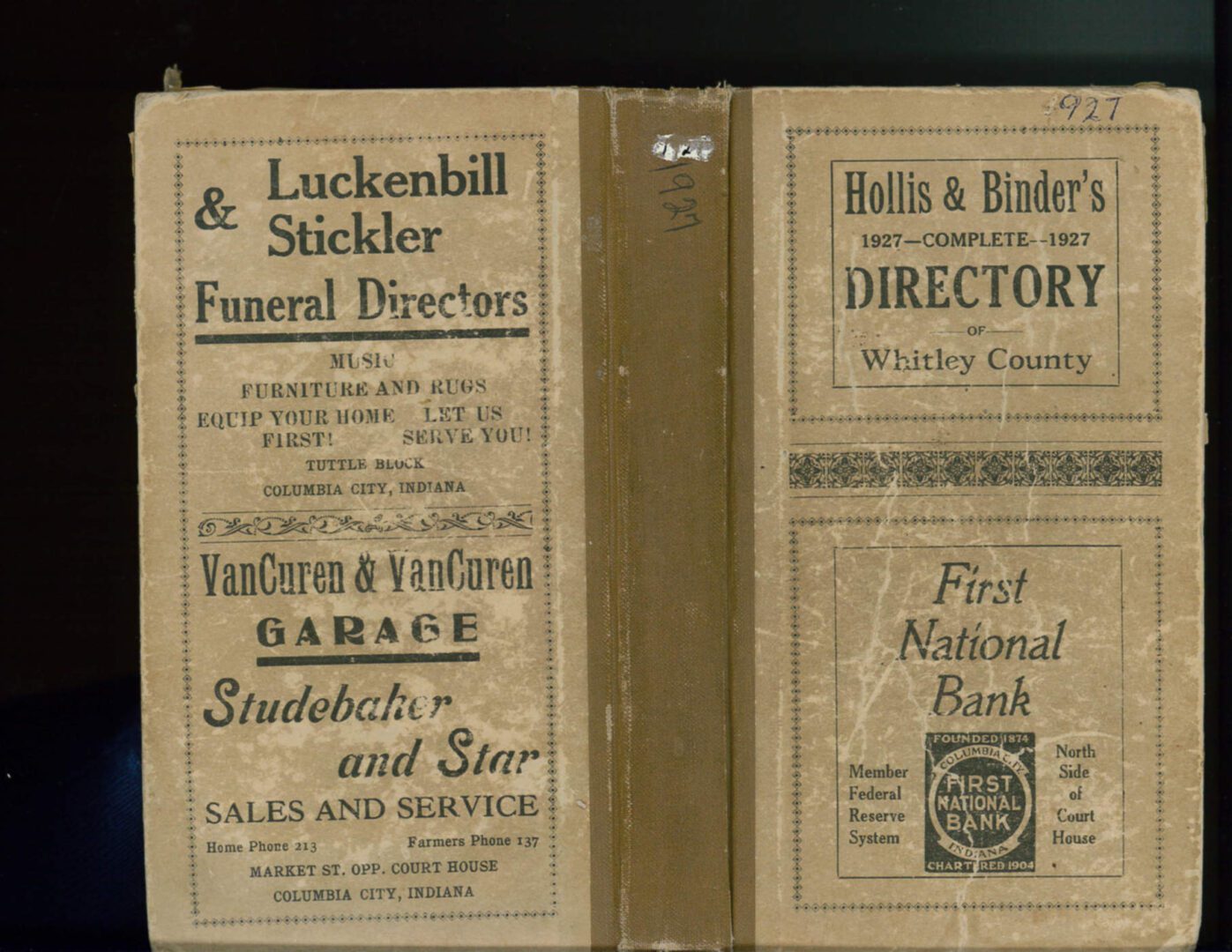
The second bank involved in the merger was actually Columbia City’s very first. Founded in 1867 by F. H. Foust & Company, the Foust Bank became the Columbia City National Bank in 1904. The 1909 merger with the 1st National Bank of Columbia City established the First National Bank name that remained for years.
Scandal and Collapse
The 1920s decade was not kind to First National Bank. In 1923, it was discovered that a trusted employee, a bank teller, had removed an enormous amount of money. Yes, two hundred and seventy-three thousand dollars ($273,000) was missing from the bank’s vault. If you are wondering that would be the equivalent of about one point one million ($1,100,000.00) dollars today. The Bank Board Member Mr. Simon J. Peabody, took that amount of his own money to cover the missing cash and keep the bank in business. Four years later, in 1927, the bank failed when area residents wish to withdraw their money and the bank had insufficient funds to cover the withdrawals.
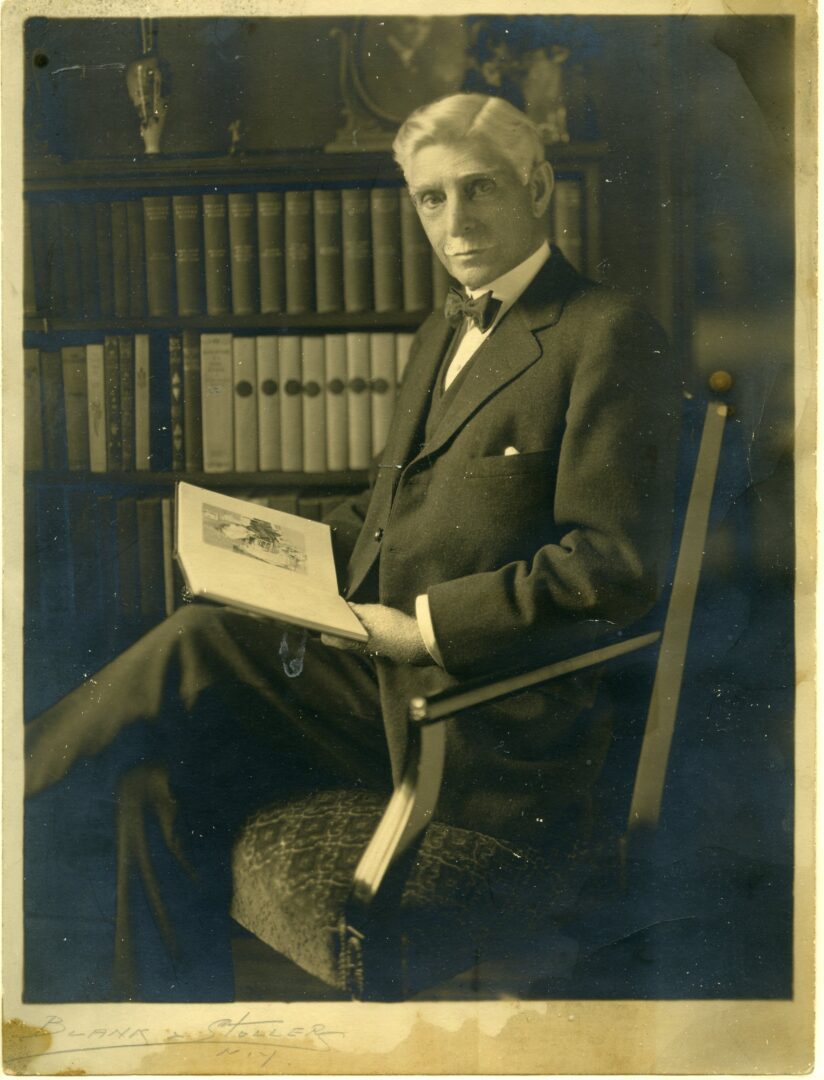
A Name Tied to Community
Do you recognize the Peabody name? Have you been to the Peabody Library? The Smith Brothers Funeral Home was originally the residence of the Simon Peabody Family.
Photo from Whitley County Historical Museum Collection.
118 West Van Buren: Reinvention and Retail
Over the next century, 118 West Van Buren was home to many different businesses. These included the office of J. Gallivan, Dealer in Horses & Cattle, a men’s wear store, a craft shop, a deli, and a restaurant. From 1895 to 1936, a barbershop operated in the basement. Considering the lack of natural light and early electrical lighting, one can only imagine what those haircuts looked like!
120 West Van Buren: The Hardware Hub
After the 1927 bank failure, 120 West Van Buren became home to a Rexall Drug Store, which operated for around 40 years. Later, Teghtmeyer Hardware expanded into this storefront until 1989, when the business moved to its current location on Diplomat Drive.
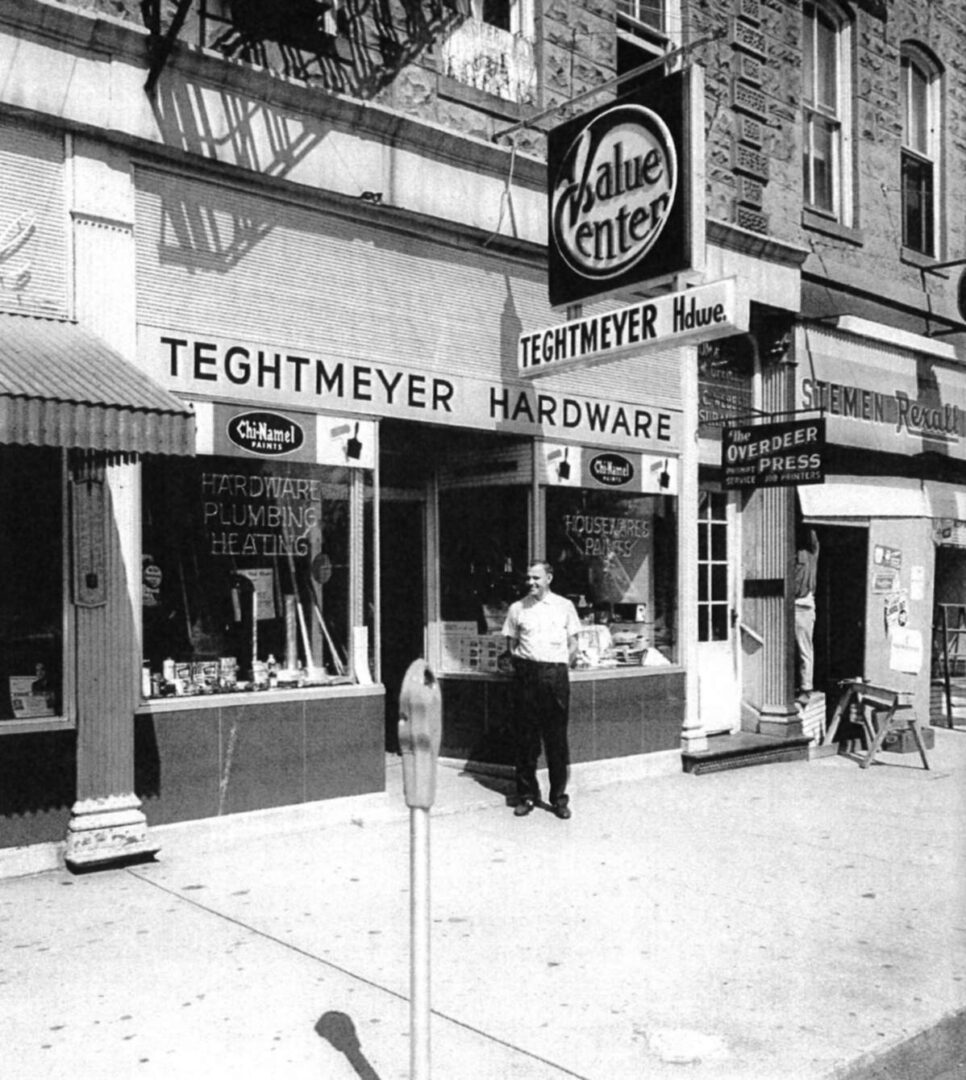
The hardware store, whether Jones, Ginder, or Teghtmeyer, was a vital part of daily life in Columbia City for much of the 20th century. It offered everything from tools and supplies to home and farm essentials. It even featured a snack bar on the 118 side of Teghtmeyer Hardware, where kids—and adults—could enjoy ice cream while shopping.
For nearly 40 years of the last century, 124 West Van Buren was home to various cafes, restaurants, and grills. Today, it continues that tradition of welcoming service as the location of Sage + Stone.
Second Floor Stories: Service and Print
While the first floor of the Central Building has been dominated by retail over the years, the second floor has supported a variety of service-oriented businesses. Early tenants included the Post newspaper and the Commercial Mail print shop, which later merged into The Post & Mail, Columbia City’s local paper. Other businesses included Overdeer Press, J. F. Binder – Job Printer, insurance offices, abstract services, law offices, dentists, tailors, and even a martial arts studio.
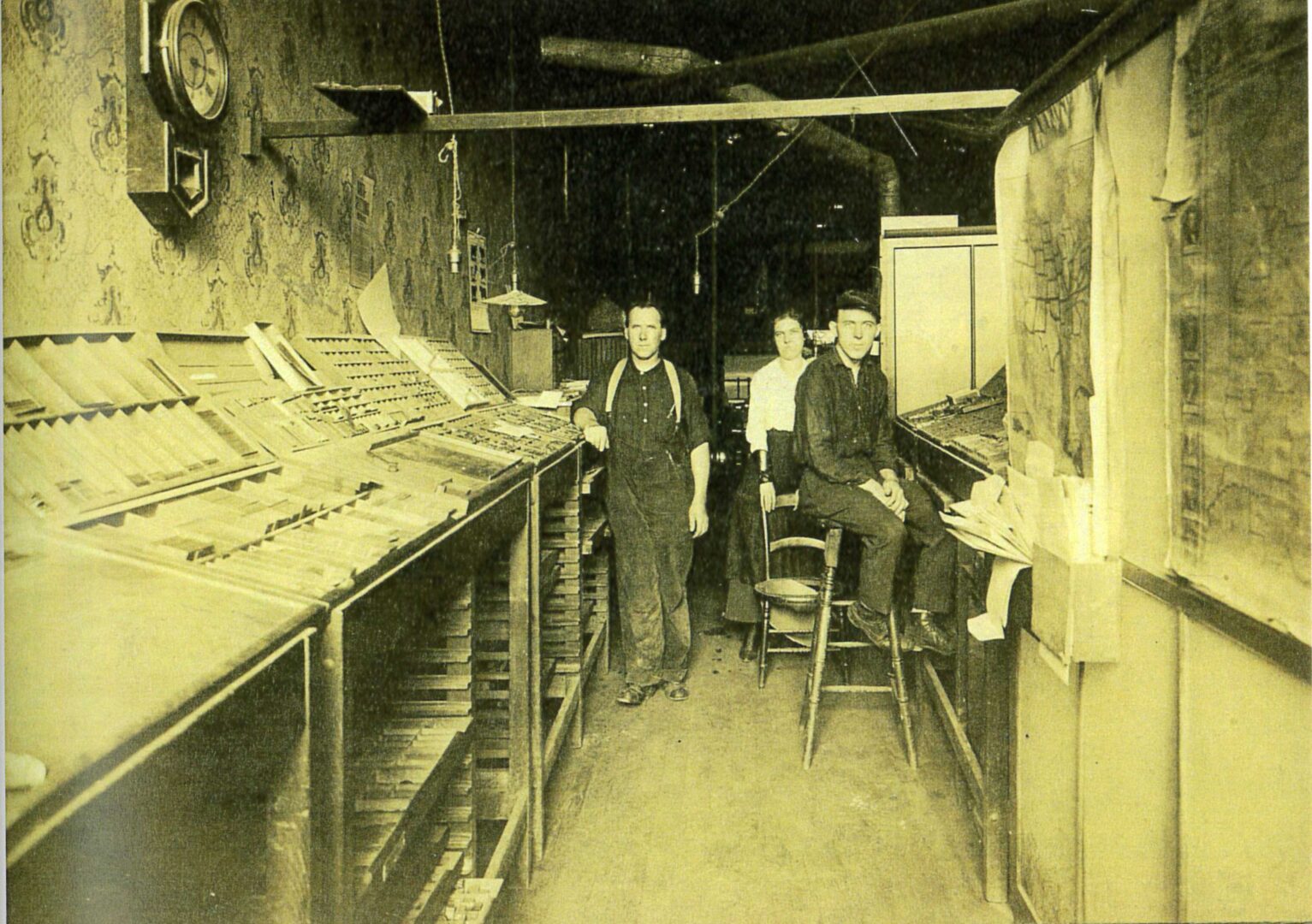
A Stage Above: The Third Floor Opera Hall
The third floor of the Central Building was an expansive space used by the Independent Order of Oddfellows (IOOF). Its open layout also made it a venue for traveling professional theater productions and community events.
A Central Piece of Downtown History
Altogether, the Central Building’s long and diverse history represents a microcosm of Columbia City itself—adapting, evolving, and remaining central to the life of the downtown district.
Thank you to Pam Koch and Doug Clark for their outstanding research and writing of the article and the Whitley County Historical Museum for generously sharing photographs from their collection. Thank you to Columbia City High School’s WJHS 91.5 The Eagle for producing the audio recording.
